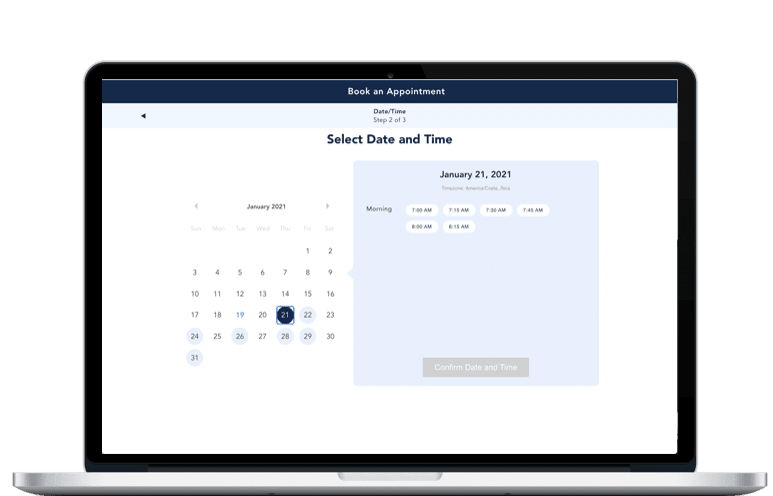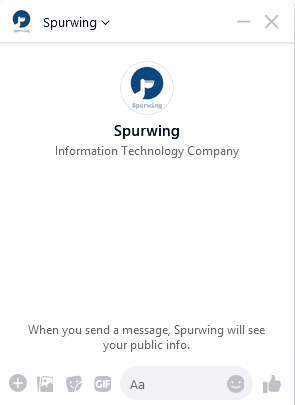Early March I was hired to run and grow Spurwing. I am in charge of the business development, sales and marketing aspects, and co-responsible for several engineering projects. In this post I'll share my personal insights, tips and tricks from my first month at an early-stage Startup company.
The company
Our core product is the Appointment Scheduling API. Our primary clients are engineering teams and managers. The API allows developers to innovate quicker, build cheaper and scale easier any kind of time sensitive process.
The most common use cases we focus on are Time Management Solutions. The most simple use cases are custom booking and scheduling widgets. The more complex solutions entail enterprise calendar management, remote team collaboration tools and supply chain management. Our products fit in any industry and can be used by most roles.
We are not directly competing with products like Calendly. Our mission is providing engineering resources and tools to development teams to solve problems quicker, easier and cheaper.
Spurwing is actually a spin-off product developed for Healthie Inc. where its technology is used to schedule and manage millions of annual bookings and events.
First week
I have been working in software engineering, product and business development for over 10 years. So it was a fairly easy and efficient on-boarding process for me. Some of you may relate, but most of the things we do at Spurwing, and the challenges we face, I already faced before. I have a pretty solid idea of how to tackle most challenges and what it takes to execute.
This being said, the first week I spent a lot of time communicating with the directors on our vision and strategy for Spurwing. The goal we set is building a large, free and open-source Marketplace. This marketplace will contain a ton of resources and tools for engineering teams and developers. These include API libraries, widgets, chat bots, management dashboards and many integrations with 3rd party providers.
Giving away all these resources for free provides us with great marketing opportunities and a big advantage over the competition as well.
Once we had our goal clearly defined, it was time to execute. I started building the libraries for the API in several programming languages: Python, NodeJS, JavaScript/Ajax and we are working on Java, C++ and C# as well. Thanks to these libraries we can now easily and quickly build new tools and platforms.
Second week
Research is an important activity I do on a daily basis. Specifically I research and note down all types of projects and solutions for us to work on.
I started building the most crucial ones first: 1:1 appointment scheduling widgets for websites, calendar links and the like.
Third week
I spent that week mostly on research, prospecting and talking to potential clients. Most communication happens on LinkedIn or email. LinkedIn is great, but it's not easy to get people to talk to you. Most senior engineers and managers have no time to chat with randoms. It's all about finding the ones that are active and engage with them.
A quite popular solution we built that week was a Facebook Messenger Chat Bot with booking / scheduling capabilities:
We are still in the process of improving this chat bot, enhancing the user experience and experimenting with new features. Aside from that we have several more chat bot integrations in the pipeline: Discord, Slack, WhatsApp, Skype, Intercom, Amazon Lex, Google Chat and more.
We started building a CI/CD pipeline for all our libraries, widgets and tools on the marketplace. Over the years I became very proactive of Test Driven Development and the value that CI/CD pipelines provide to engineering & QA teams. These days I no longer build products without having some decent automated testing (and deployment) included.
Fourth week
Mostly prospecting, building marketing content and researching product ideas. In addition to that we built a simple scheduling too for international teams across different time zones:
Tools like these allow us to save precious time and be more productive internally. Most of our employees and partners are located at different time zones, thus setting up meetings can sometimes be a hassle. This tool allows all participants to submit their availability for a certain date range. The organizer of the event can then view a strict overlap of all the submissions and choose a time slot that works for all. It's a quite simple and basic implementation but provides a huge value.
Conclusion
You may wonder how the heck we get so much done in just under a month. It's all about great management mixed with experience & expertise.
We use Slack / Discord to easily and quickly communicate with all our business and engineering teams. We spend very little time on email or phone communication. We only have one dedicated video chat call per week to catch up. As you can see, we try to minimize and reduce any unnecessary bottlenecks. This allows us to be extremely productive.
If you have any specific questions, post them down below!
Useful links
Spurwing blog on DEV
Open-Source Marketplace
Brochure
About me
I'm a modest Software engineer with +10yrs of experience in building software for web, desktop and some Android stuff. Multi-Startup founder and product developer. Feel free to connect: https://www.linkedin.com/in/iljanevolin/
Ciao!












Top comments (0)